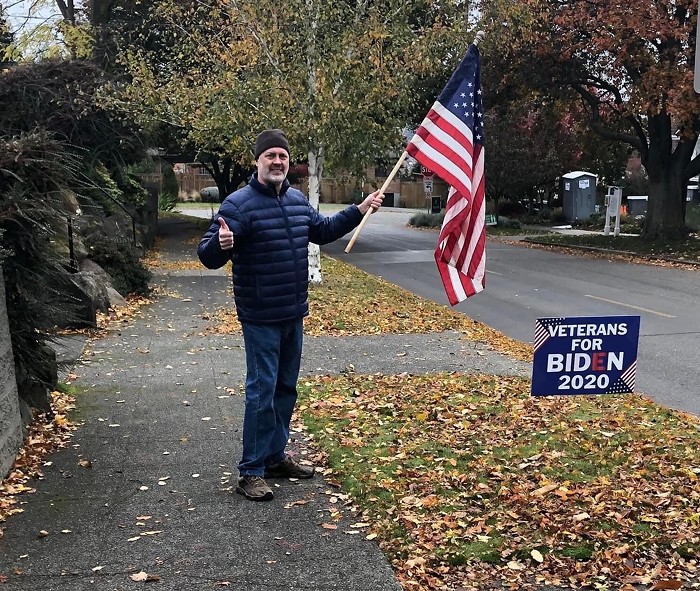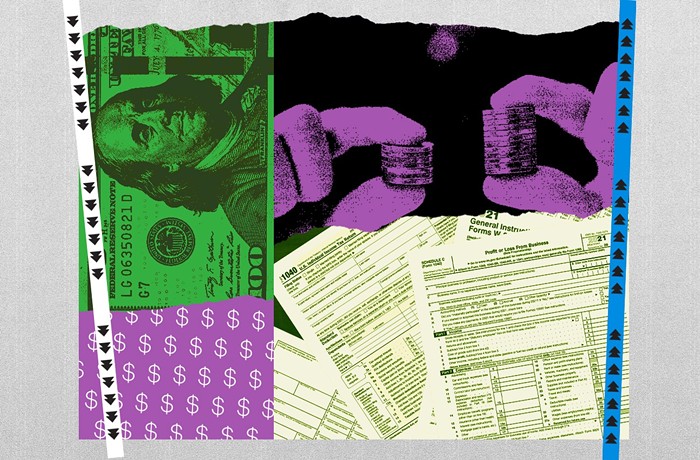
- Malcolm Smith
- One of the many nodes for the SPD's wireless mesh network that are still up around downtown Seattle.
Last year, reporter Matt Fikse-Verkerk and I reported on the wireless mesh network—a series of communications nodes purchased by the Seattle Police Department with Department of Homeland Security money and then quietly installed throughout downtown Seattle with the hopes, as one SPD document put it, to extend it across the city.
Police declined to answer questions about whether the mesh network could record and track people's devices via their MAC address—which, after reviewing the technical data and talking to tech experts, it appeared that it could—and whether they had any surveillance protocols in place to control how that potential data would be stored, handled, or shared.
After the story came out, the SPD didn't move to answer any of those questions. Instead, it promptly shut the network down.
But parts of it didn't stay down.
Yesterday, the Seattle Times reported on civil-liberties advocates who noticed that part of the wireless mesh network was still up and running—and registering on their cell phones during a protest against a new youth jail. The SPD said it was an accident, claiming that "the 'rogue node' had been inadvertently activated when a contractor restored power to the pole."
That's a plausible enough explanation, but even if it's true, it illustrates some of the persistent dangers of buying and installing equipment with surveillance potential before (1) having a robust public discussion about how it will and won't be used and (2) establishing laws and protocols to control how information will be recorded, stored, shared, and audited.
Once we've got these capabilities, it's very hard to get rid of them. Even if a surveillance apparatus is installed by entirely virtuous people for entirely virtuous reasons—and that's a big goddamned if—we're just a few years, a few changes in leadership, and a few changes in circumstance from putting some very powerful tools in the hands of people we neither know nor trust.
Let this stand as another strong argument for lawmakers and citizens to pressure law enforcement to be transparent and—to repeat—establish rules, protocols, and punishments for violating those protocols in place before you buy and install any surveillance apparatus.
Because their ghosts will come back to haunt us.


















